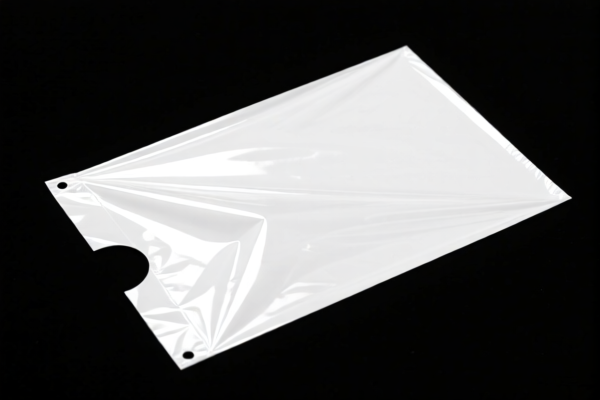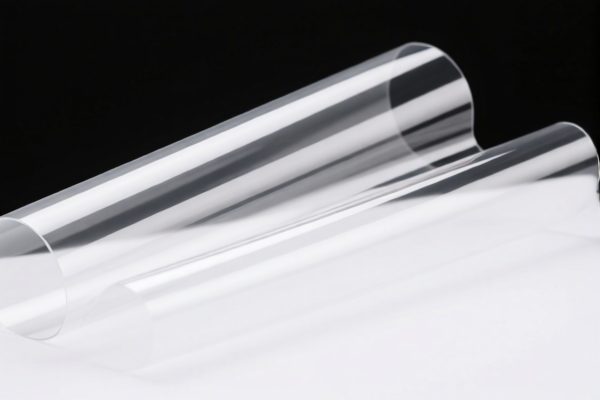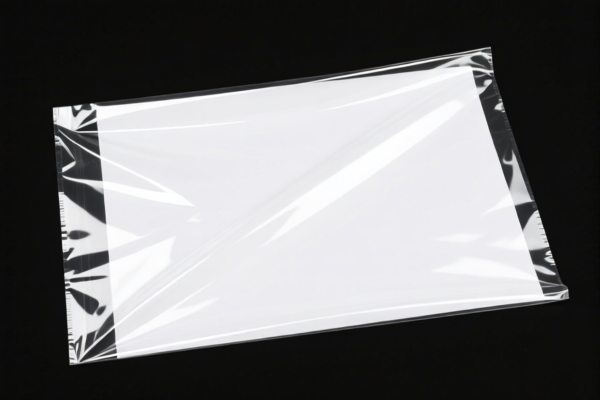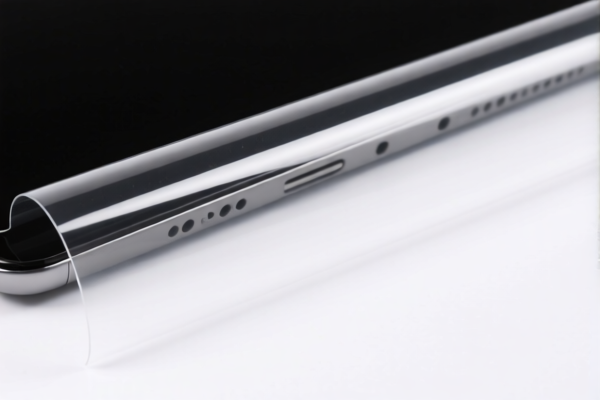| HS Code | Official Doc | Tariff Rate | Origin | Destination | Effective Date |
|---|---|---|---|---|---|
| 3919905060 | Doc | 60.8% | CN | US | 2025-05-12 |
| 3919901000 | Doc | 61.5% | CN | US | 2025-05-12 |
| 3920791000 | Doc | 61.2% | CN | US | 2025-05-12 |
| 3920991000 | Doc | 61.0% | CN | US | 2025-05-12 |
| 7006004010 | Doc | 59.9% | CN | US | 2025-05-12 |
| 7006004050 | Doc | 59.9% | CN | US | 2025-05-12 |




Roof Protect Film
Roof protect film, also known as roof protection membrane or coating, is a polymeric material applied to the surface of a roof to provide an additional layer of defense against the elements and extend the roof’s lifespan.
Material
These films are typically constructed from one of several polymeric substances:
- Thermoplastic Polyolefin (TPO): A single-ply roofing membrane known for its durability, heat-welded seams, and resistance to UV, chemicals, and punctures.
- Polyvinyl Chloride (PVC): Another single-ply option, offering high resistance to chemicals and punctures, and often reinforced for added strength.
- Modified Bitumen: An asphalt-based material modified with polymers to improve flexibility and resistance to temperature fluctuations. Often applied in multiple layers.
- Elastomeric Coatings: Liquid-applied coatings, typically acrylic, polyurethane, or silicone-based, that form a rubber-like seal.
- EPDM Rubber: A synthetic rubber known for its flexibility and resistance to weathering.
Purpose
The primary purposes of roof protect film are:
- Waterproofing: Creating a barrier against water intrusion, preventing leaks and damage to the underlying roof structure.
- UV Protection: Shielding the roof from the damaging effects of ultraviolet radiation, which can cause degradation and cracking.
- Impact Resistance: Providing a degree of protection against hail, falling debris, and foot traffic.
- Energy Efficiency: Reflecting sunlight to reduce heat absorption, potentially lowering cooling costs.
- Extended Roof Lifespan: Protecting the primary roofing material from wear and tear, increasing the overall longevity of the roof.
Function
Roof protect films function by:
- Adhesion: Bonding to the existing roof surface, creating a continuous, seamless layer.
- Flexibility: Accommodating roof movement due to thermal expansion and contraction.
- Sealing: Preventing water penetration through seams, punctures, and around roof penetrations.
- Reflection/Emission: Reducing heat transfer through the roof deck.
- Chemical Resistance: Withstanding exposure to pollutants, chemicals, and other environmental factors.
Usage Scenarios
Roof protect films are used in a variety of applications:
- Commercial Buildings: Flat or low-slope roofs are common applications for TPO, PVC, and modified bitumen.
- Residential Buildings: Elastomeric coatings are often used on residential roofs with low slopes or existing damage.
- Retrofit Projects: Applying film over existing roofs to extend their lifespan and avoid costly replacement.
- New Construction: Incorporating film as part of a comprehensive roofing system.
- Areas with Harsh Climates: Providing enhanced protection against extreme temperatures, UV radiation, and precipitation.
Common Types
- Self-Adhered Membranes: Backed with an adhesive layer for easy application.
- Heat-Welded Membranes: Seams are fused together using heat, creating a strong, watertight bond.
- Liquid-Applied Coatings: Applied using rollers, brushes, or sprayers, forming a seamless layer.
- Reinforced Membranes: Incorporate a reinforcing layer (e.g., polyester scrim) for added strength and durability.
- Single-Ply Membranes: Consist of a single layer of polymeric material.
- Multi-Ply Membranes: Consist of multiple layers of polymeric material for enhanced protection.
Roof protect film can be categorized based on its material composition and function as a protective layer for roofs. The following HS codes may be relevant:
- 3919905060: This code covers self-adhesive plates, sheets, film, foil, tape, strip and other flat shapes, of plastics, whether or not in rolls, categorized as "Other: Other". This is applicable if the roof protect film is made of plastic and is self-adhesive. The total tax rate is 60.8%, comprising a basic tariff of 5.8% and an additional tariff of 25.0%, increasing to 30% after April 2, 2025.
- 3919901000: This code also covers self-adhesive plates, sheets, film, foil, tape, strip and other flat shapes, of plastics, whether or not in rolls, specifically categorized as "Other: Having a light-reflecting surface produced in whole or in part by glass grains (ballotini)". If the roof protect film incorporates glass grains for reflection, this code applies. The total tax rate is 61.5%, with a basic tariff of 6.5% and an additional tariff of 25.0%, increasing to 30% after April 2, 2025.
- 3920791000: This code covers other plates, sheets, film, foil and strip, of plastics, noncellular and not reinforced, laminated, supported or similarly combined with other materials, specifically "Of cellulose or its chemical derivatives: Of other cellulose derivatives: Film, strip and sheets, not over 0.076 mm in thickness". If the film is made of cellulose derivatives and is less than 0.076 mm thick, this code is applicable. The total tax rate is 61.2%, comprising a basic tariff of 6.2% and an additional tariff of 25.0%, increasing to 30% after April 2, 2025.
- 3920991000: This code covers other plates, sheets, film, foil and strip, of plastics, noncellular and not reinforced, laminated, supported or similarly combined with other materials, specifically "Of other plastics: Of other plastics: Film, strip and sheets, all the foregoing which are flexible: Over 0.152 mm in thickness, and not in rolls". If the film is made of other plastics, is flexible, and exceeds 0.152 mm in thickness, this code applies. The total tax rate is 61.0%, with a basic tariff of 6.0% and an additional tariff of 25.0%, increasing to 30% after April 2, 2025.
- 7006004010: This code covers glass of heading 7003, 7004 or 7005, bent, edge-worked, engraved, drilled, enameled or otherwise worked, but not framed or fitted with other materials, specifically "Other: Other Having an absorbent or reflecting layer". If the roof protect film is made of glass and has an absorbent or reflecting layer, this code is applicable. The total tax rate is 59.9%, with a basic tariff of 4.9% and an additional tariff of 25.0%, increasing to 30% after April 2, 2025.
- 7006004050: This code covers glass of heading 7003, 7004 or 7005, bent, edge-worked, engraved, drilled, enameled or otherwise worked, but not framed or fitted with other materials, specifically "Other: Other Other". If the roof protect film is made of glass and does not fall into the "having an absorbent or reflecting layer" category, this code may apply. The total tax rate is 59.9%, with a basic tariff of 4.9% and an additional tariff of 25.0%, increasing to 30% after April 2, 2025.
Chapter Breakdown:
- 39: Plastics and articles thereof.
- 70: Glass and glass articles.
Heading Breakdown:
- 3919: Self-adhesive plates, sheets, film, foil, tape, strip and other flat shapes, of plastics.
- 3920: Other plates, sheets, film, foil and strip, of plastics.
- 7006: Glass of heading 7003, 7004 or 7005, bent, edge-worked, engraved, drilled, enameled or otherwise worked.
It is important to determine the precise material composition and characteristics of the roof protect film to select the correct HS code.
Customer Reviews
No reviews yet.